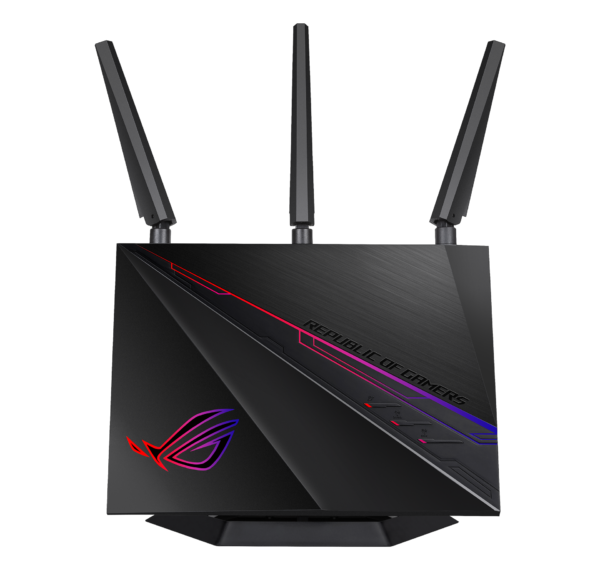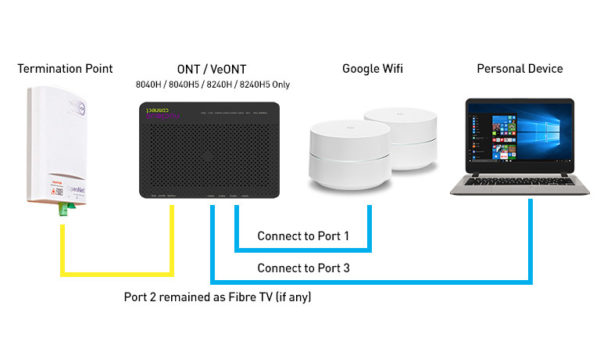
StarHub yesterday launched a new 2Gbps fibre broadband service aimed at gamers, becoming the latest telecom operator to deliver such high-bandwidth offerings to be shared by multiple users at home.
The new plan, called Turbo Gamer, comes bundled with a free Asus ROG Rapture GT-AC2900 router, which promises to give gamers a dedicated fast lane to game servers for a split-second advantage online.
StarHub’s new offering costs S$62.90 a month and it is throwing in two months of free subscription to sweeten the deal. That’s not to mention the free S$399 Asus router as well.
The price is substantially higher than the under-S$40-a-month deals for 1Gbps broadband plans now, but StarHub’s 2Gbps offer is competitive with similar options from Singtel (S$64.90) and ViewQwest (about S$60, depending on bundle).

Like its rivals, StarHub is basically splitting a 2Gbps connection for the multiple users at home, say, the parents and their young kids playing online games.
The 2Gbps link is split at the optical network terminal (ONT), which has several network ports for users to connect up multiple devices or networks.
One of these can be used to hook up a wired network powered by the Asus router, where a gaming PC is connected to. Another can be connected to a Google Wifi network, for example, where coverage is more important than speed.
Each of these networks enjoy a top speed of 1Gbps. So, you won’t get the maximum of 2Gbps on one machine.

The limiting factor here is the network hardware. To go past 1Gbps, you will need 10Gbps equipment, which is not as common in the home networking market as it is in the commercial world.
A basic 10Gbps switch – not a router – can cost more than S$300, roughly what a high-end gigabit home router would cost today. That’s not to mention the need for matching network cards, because most PCs only come with gigabit Ethernet built in.
That’s the reason why 10Gbps fibre broadband services to homes, though launched in Singapore back in 2016, are hardly a thing that many users would seek out.
Plus, there isn’t so much that you can do to max out a 10Gbps link on one PC. Most game servers don’t even let you download at that speed.
So, what telcos in Singapore seem to have done for an upgrade is to push things up a notch to 2Gbps, a seemingly more “reasonable” boost for now.
By using an ONT to split that link, they don’t need new network gear to tout improved speeds for everyone. In StarHub’s case, the idea is of a gamer not having to share the cyber highway with anyone else. It’s a smart move to boost revenues.






